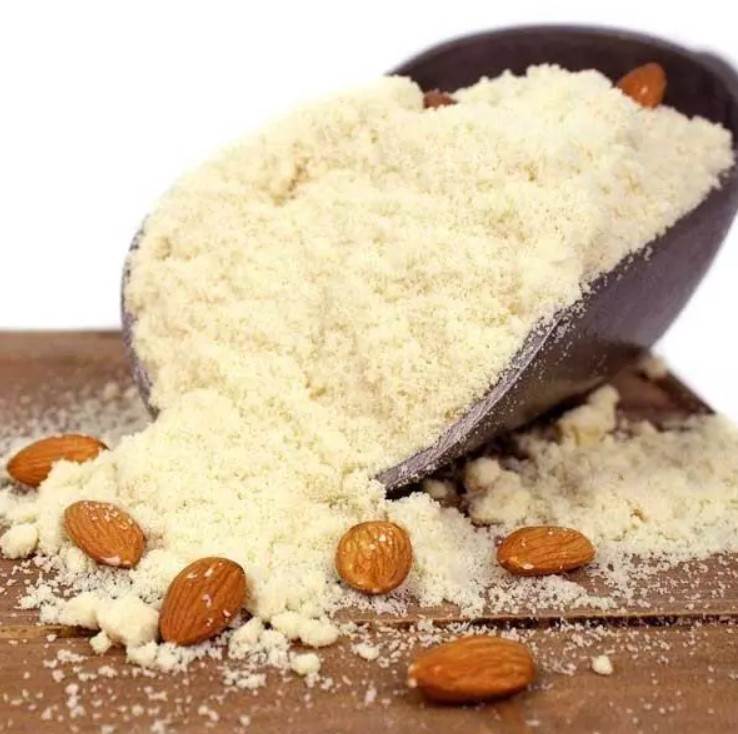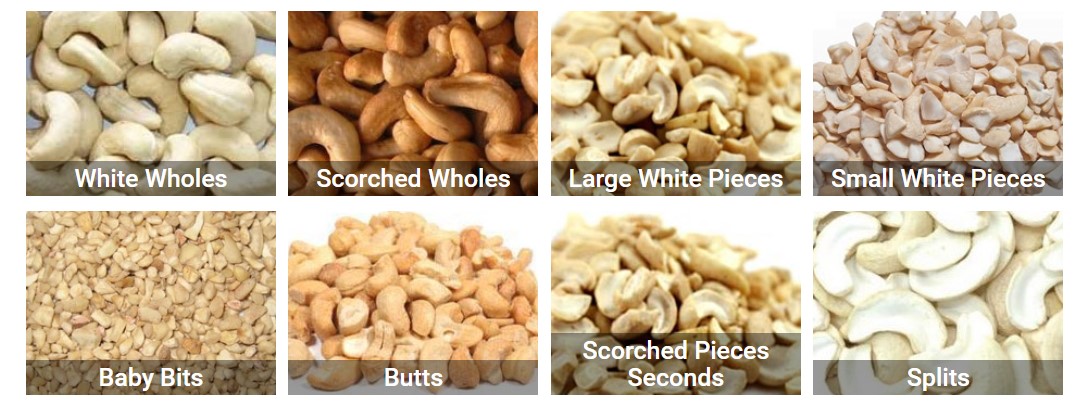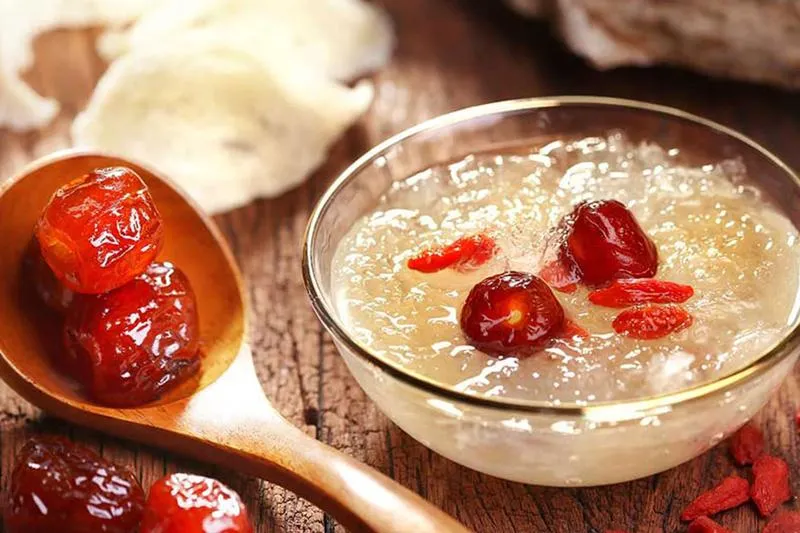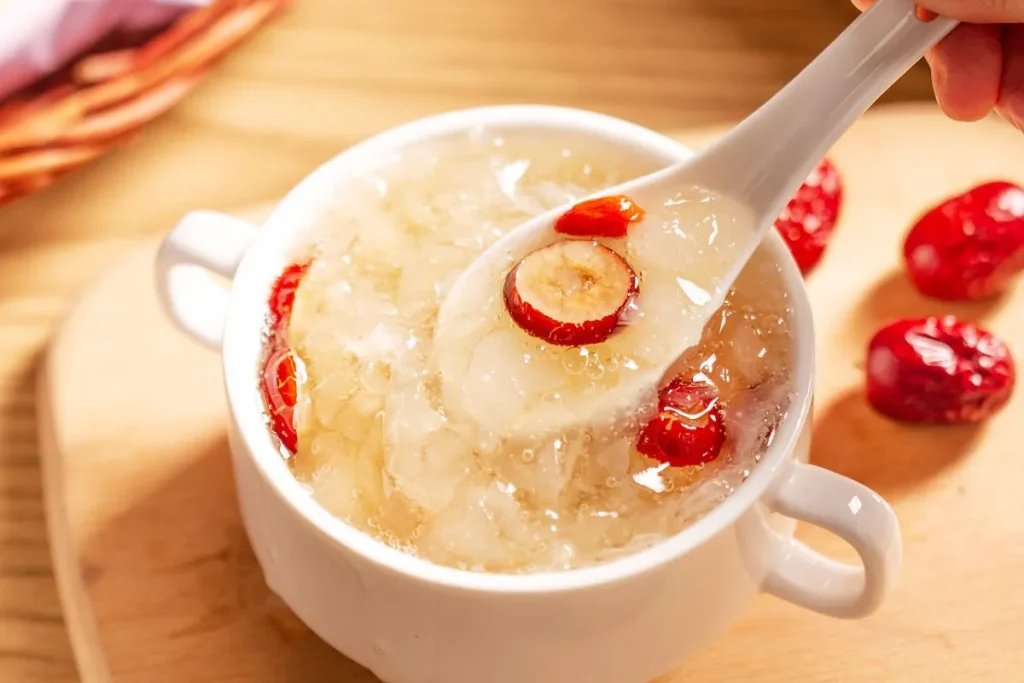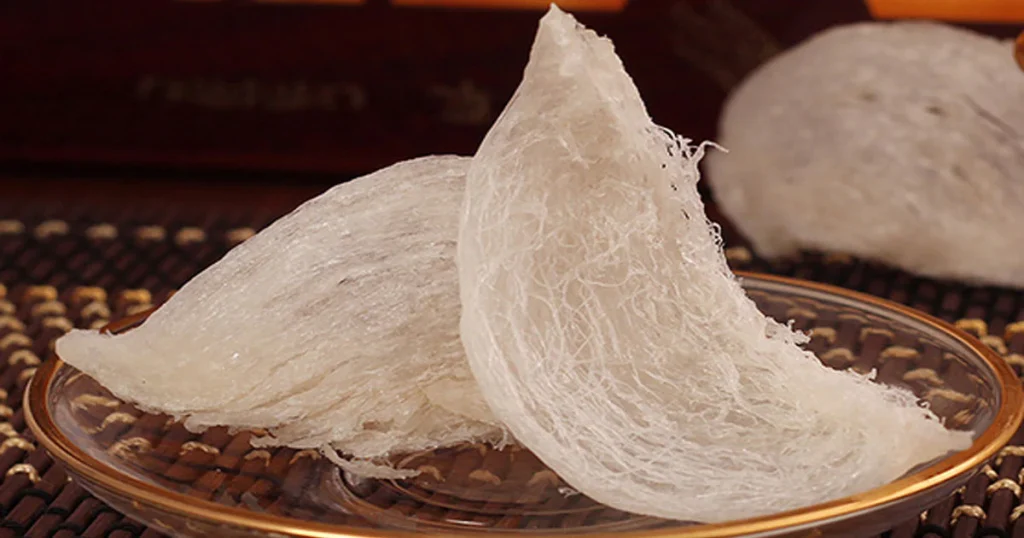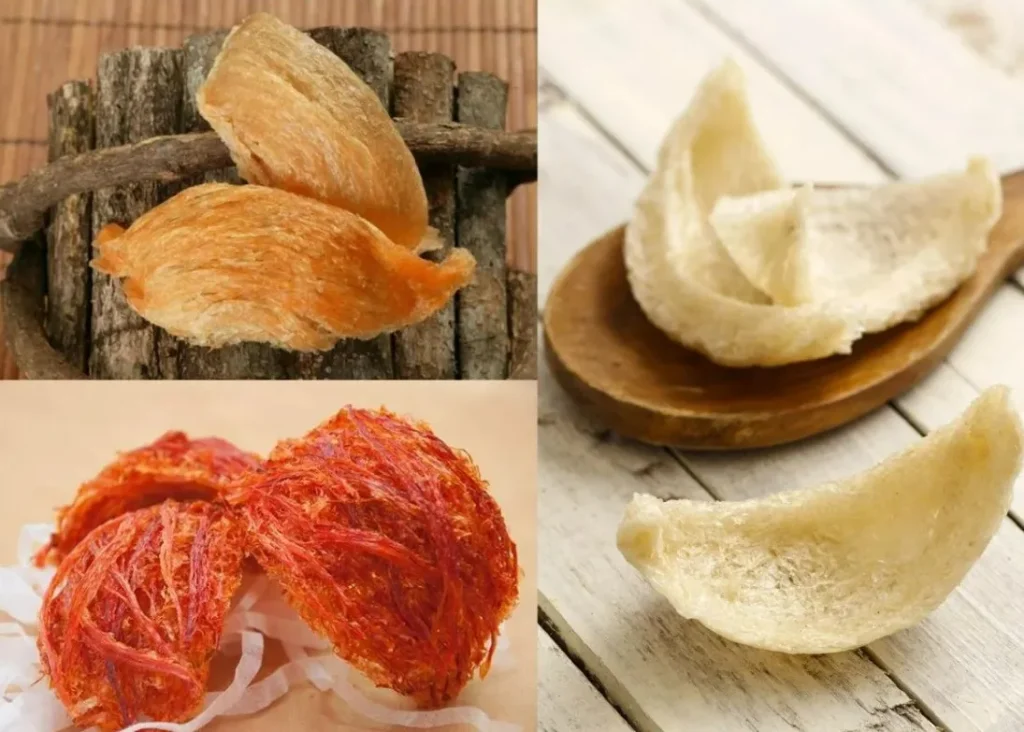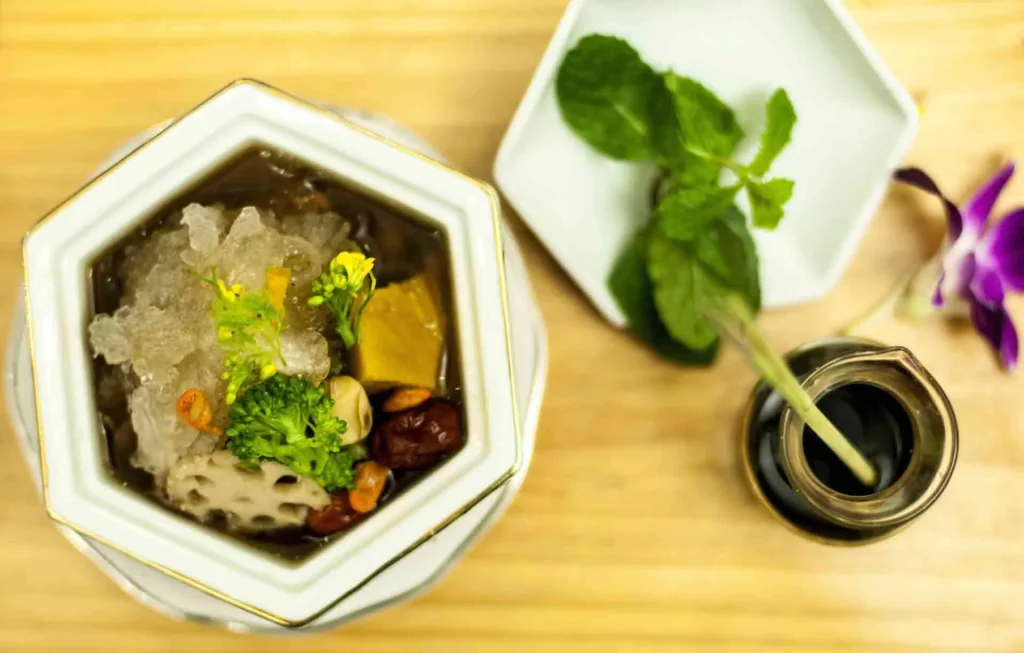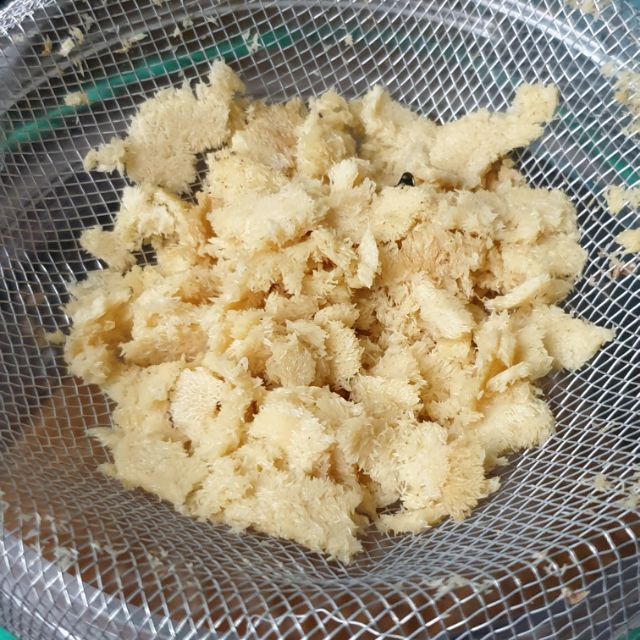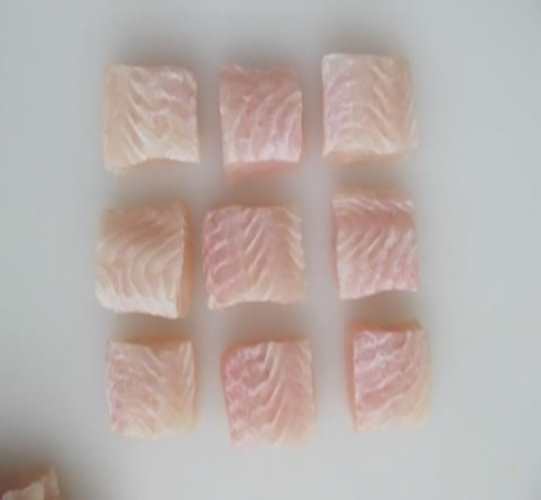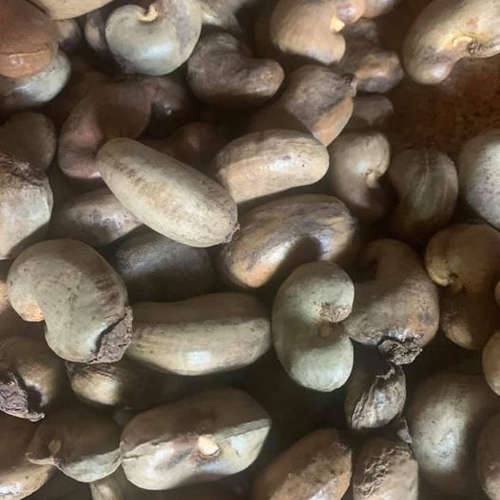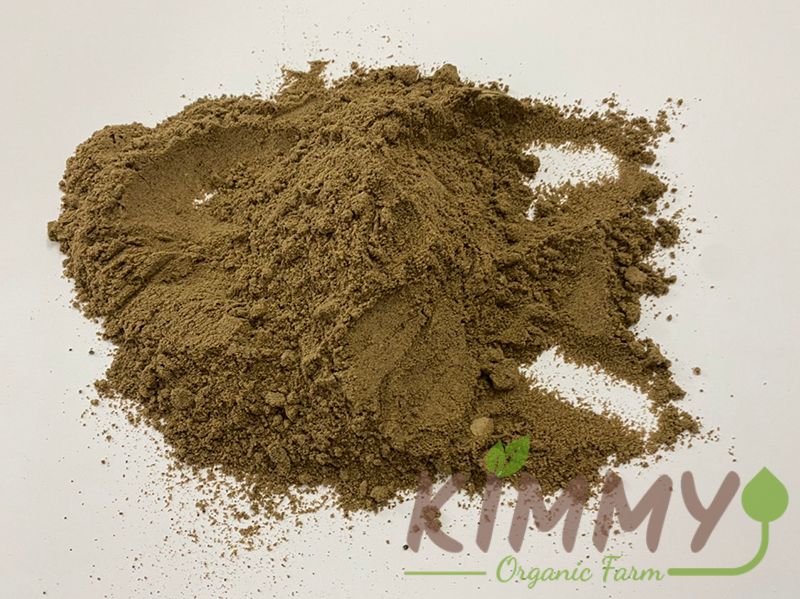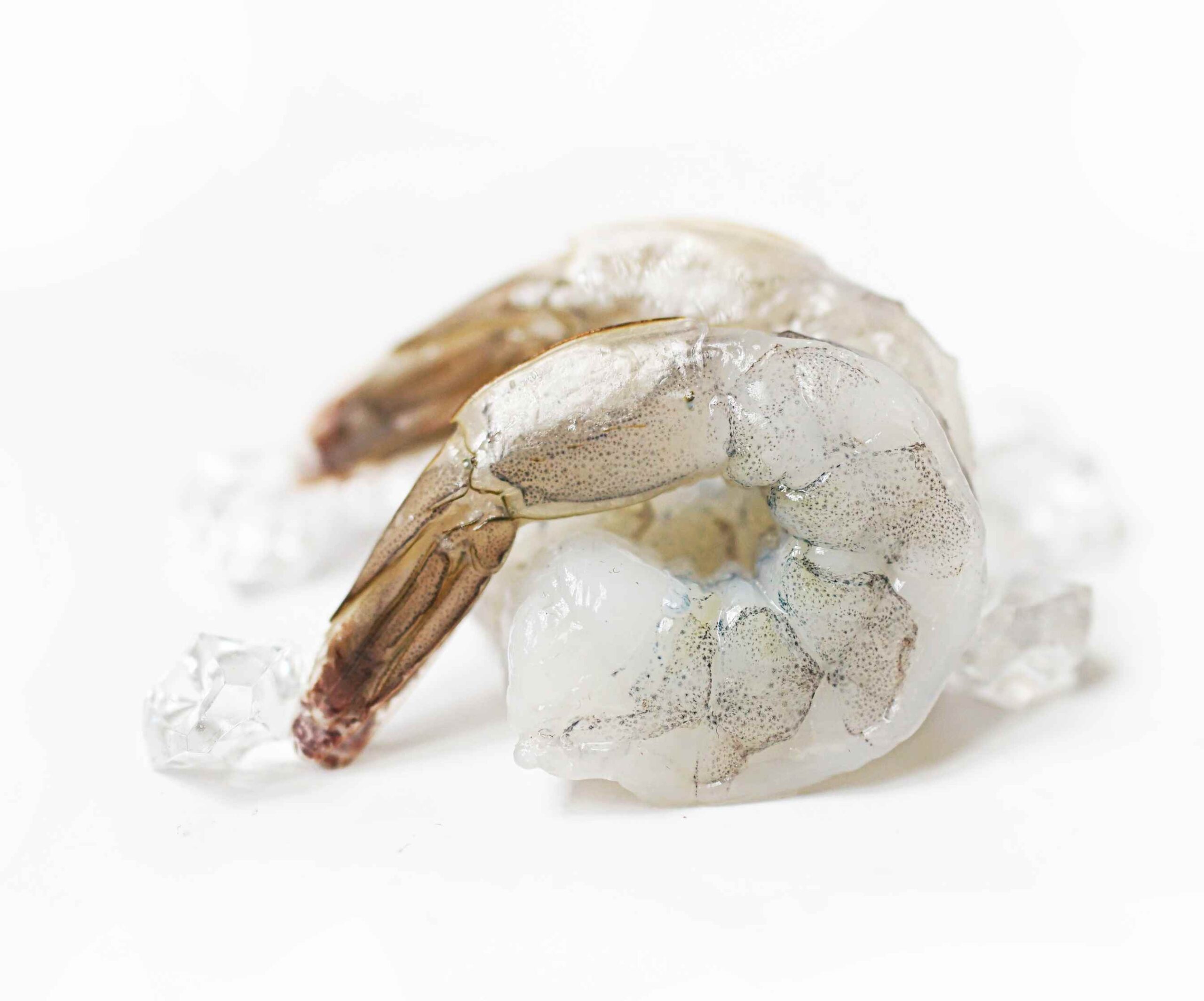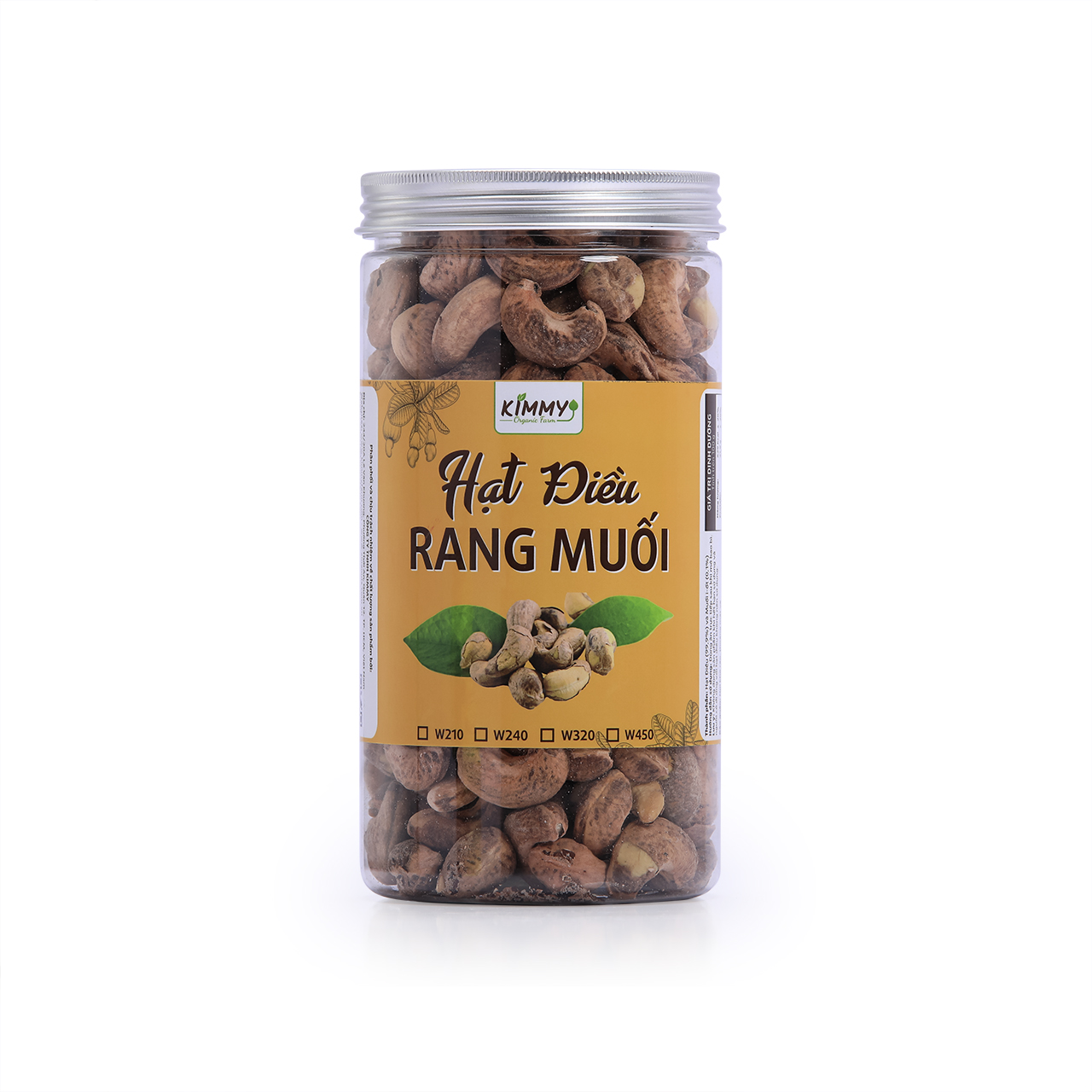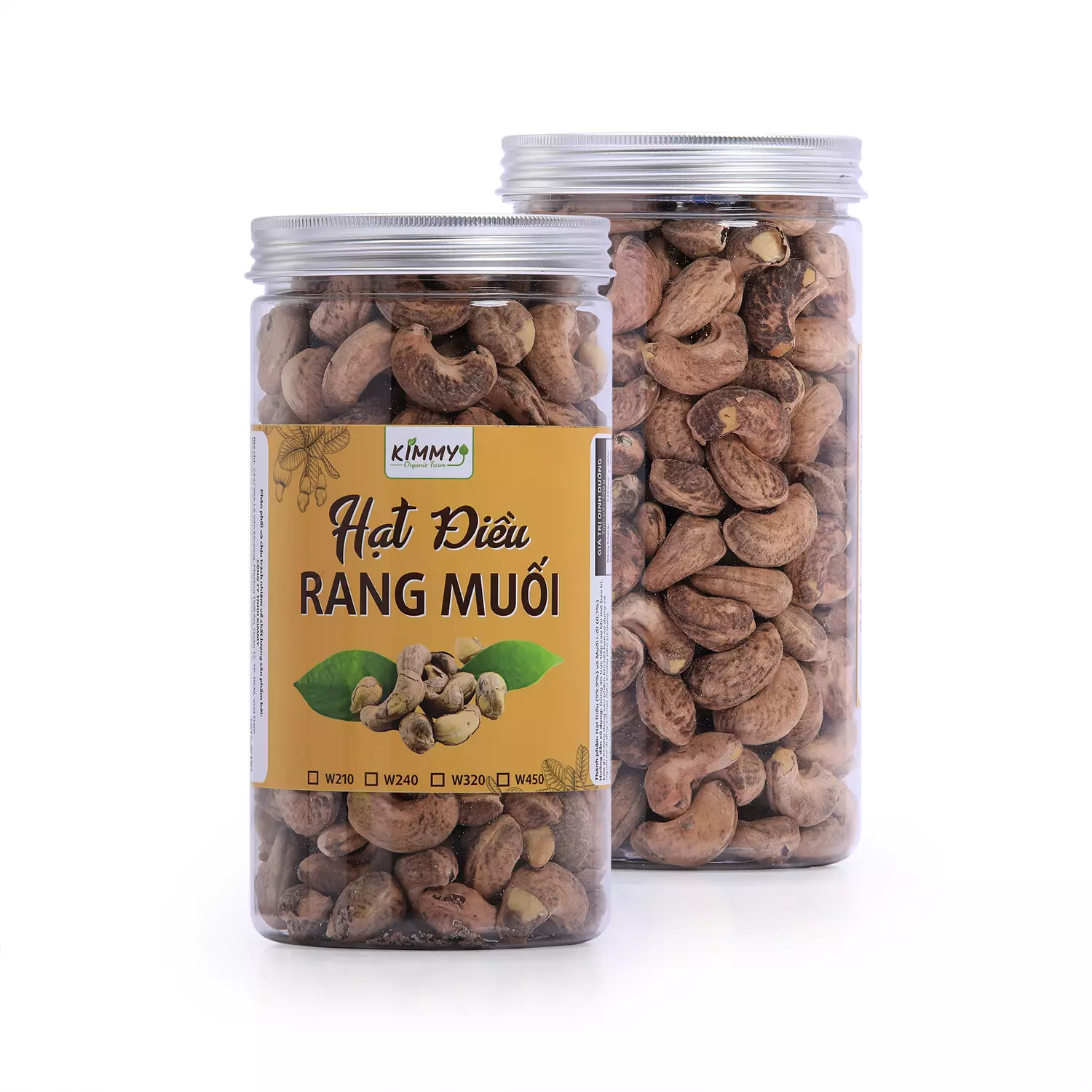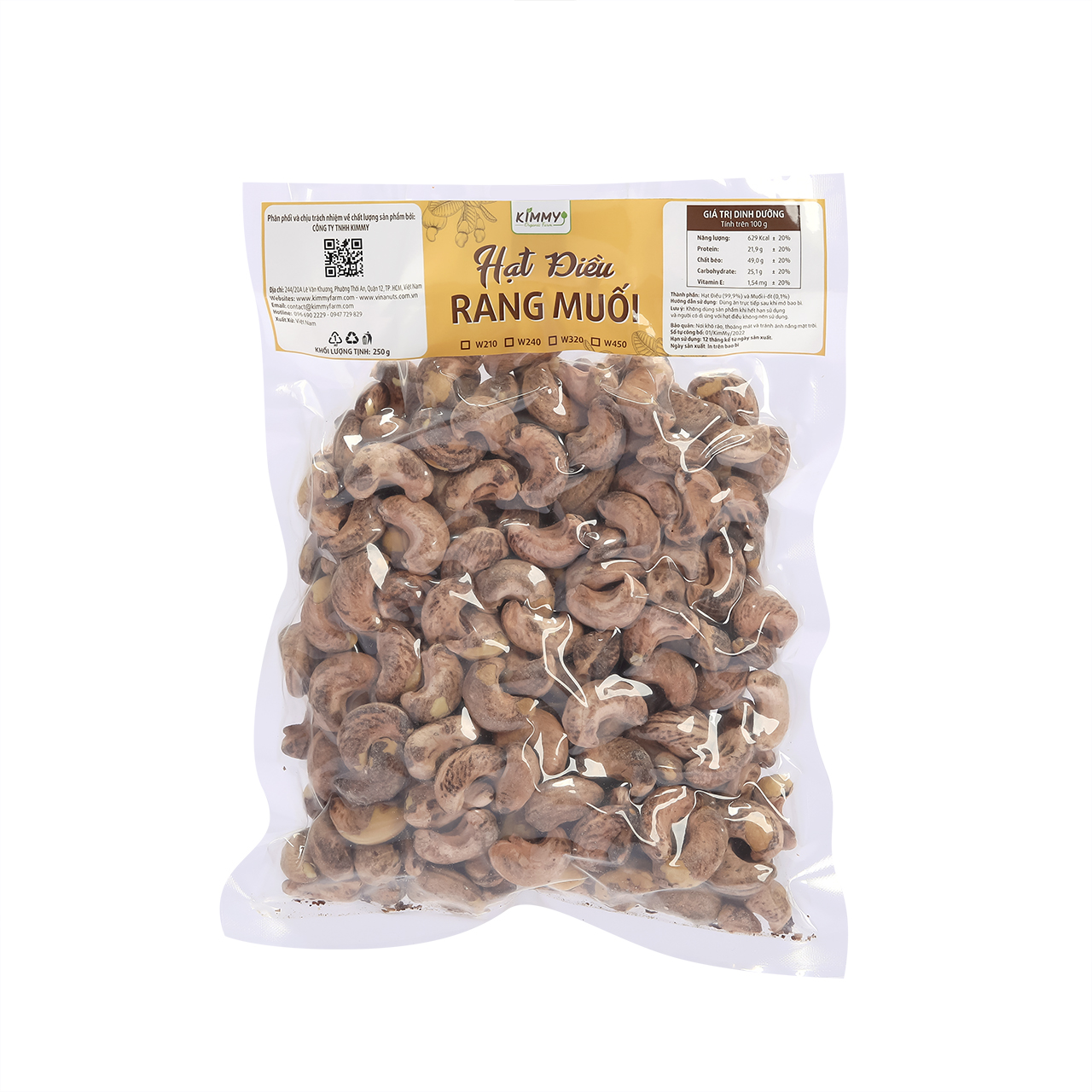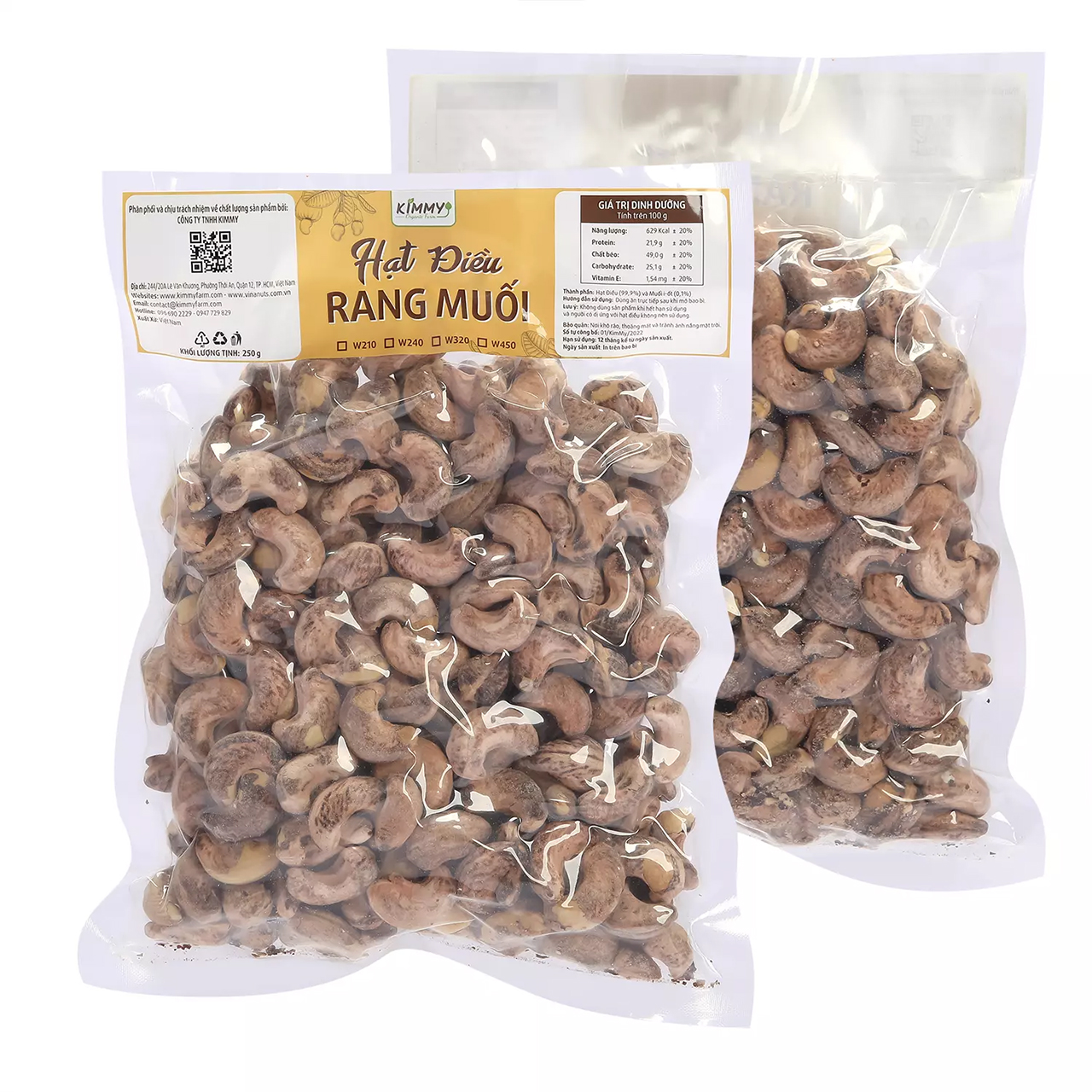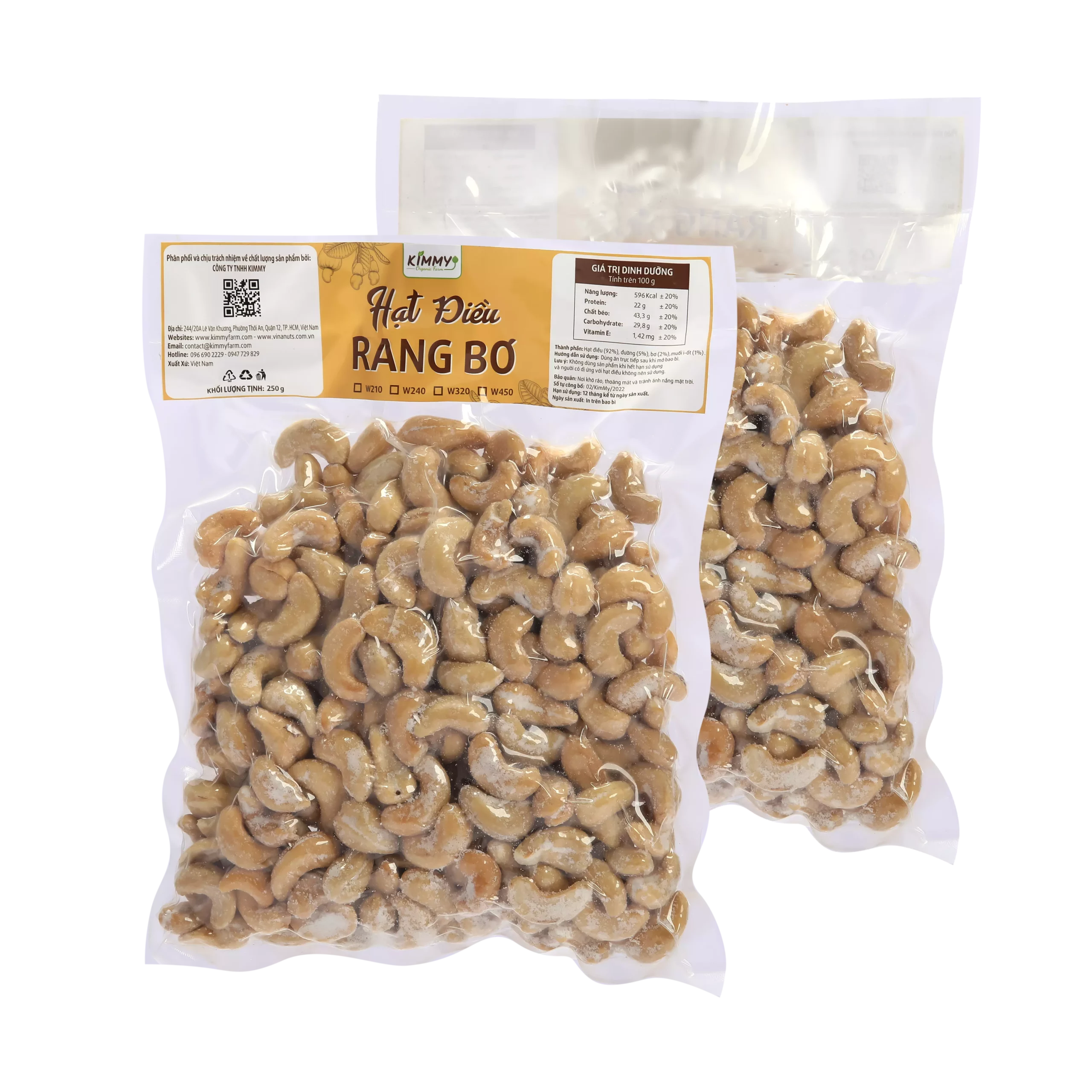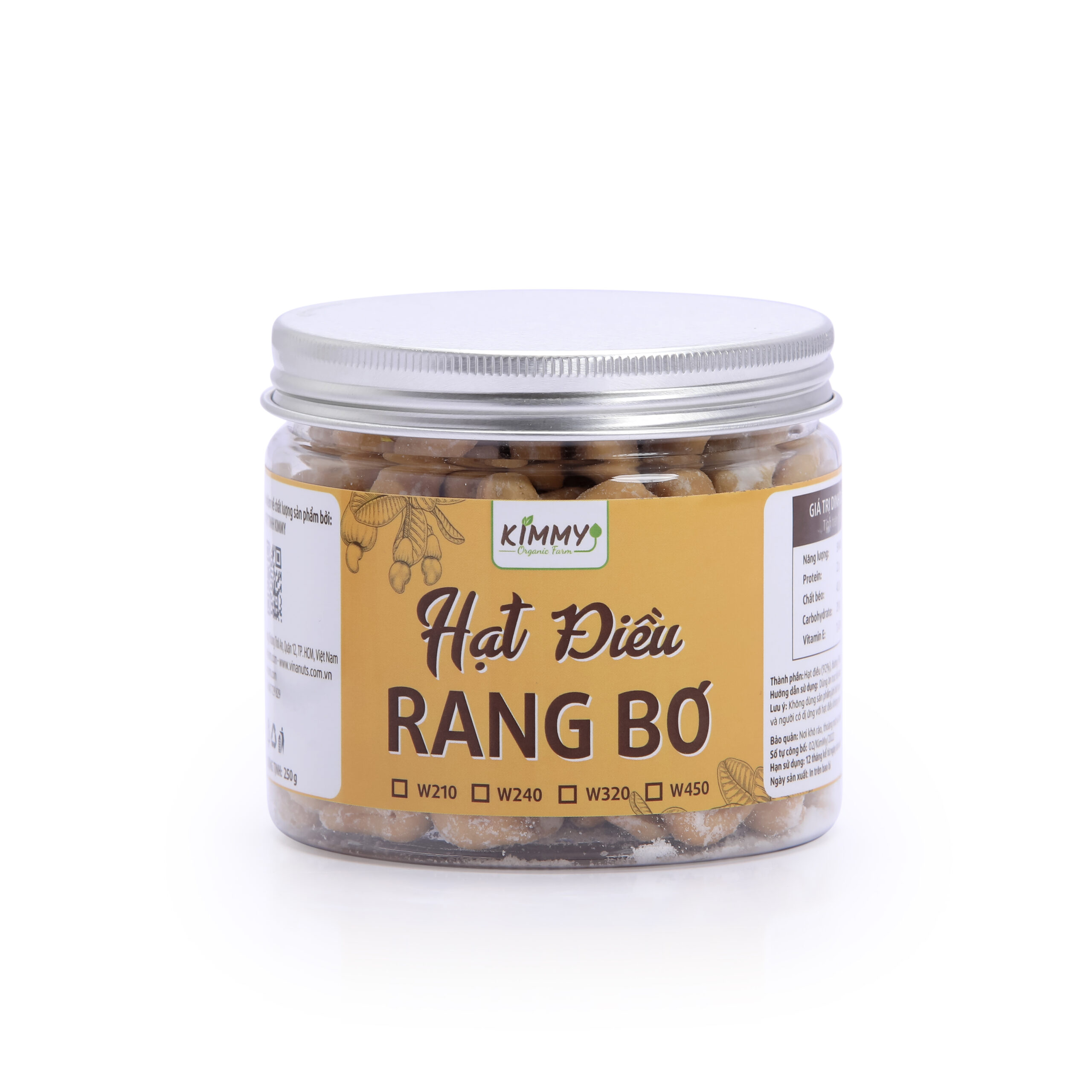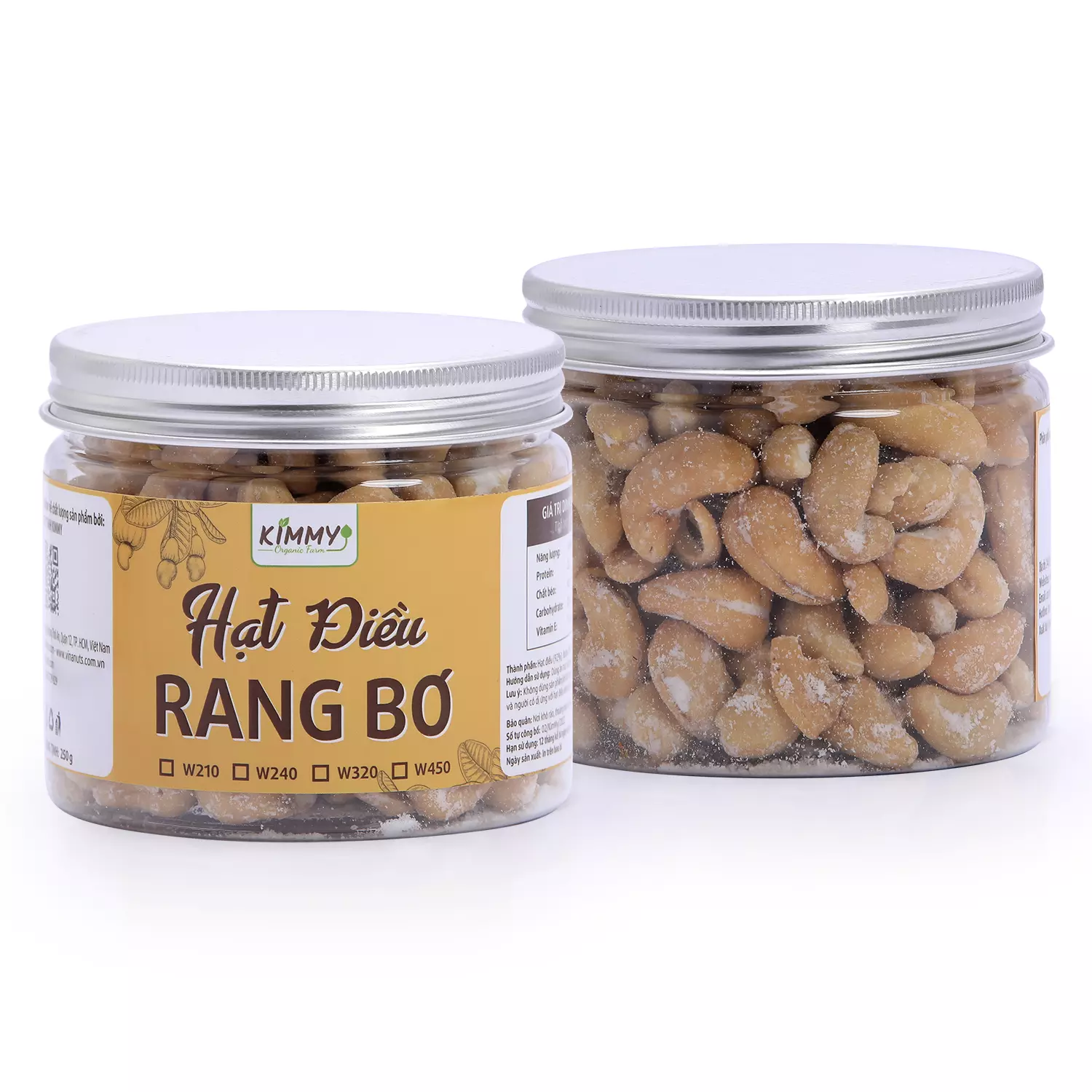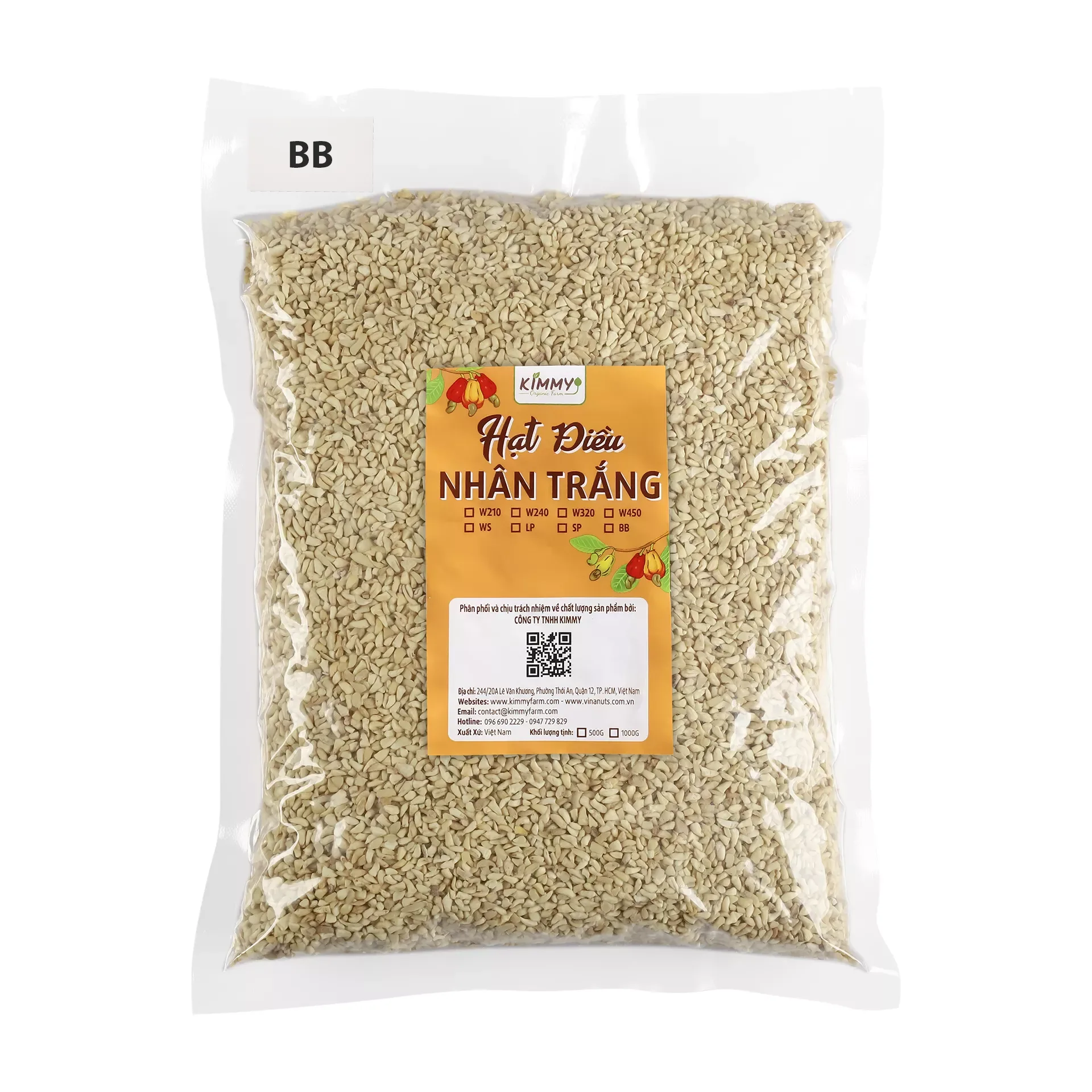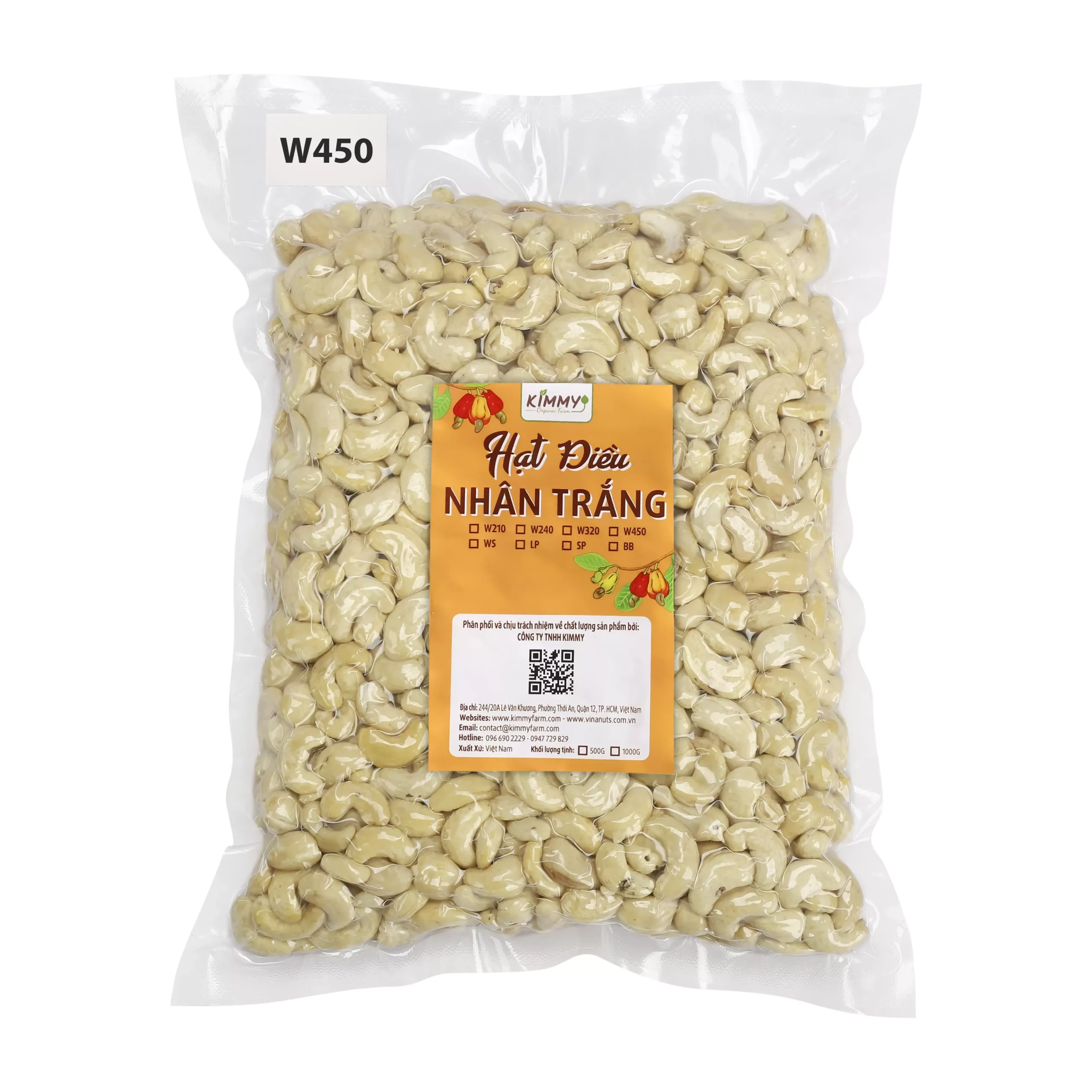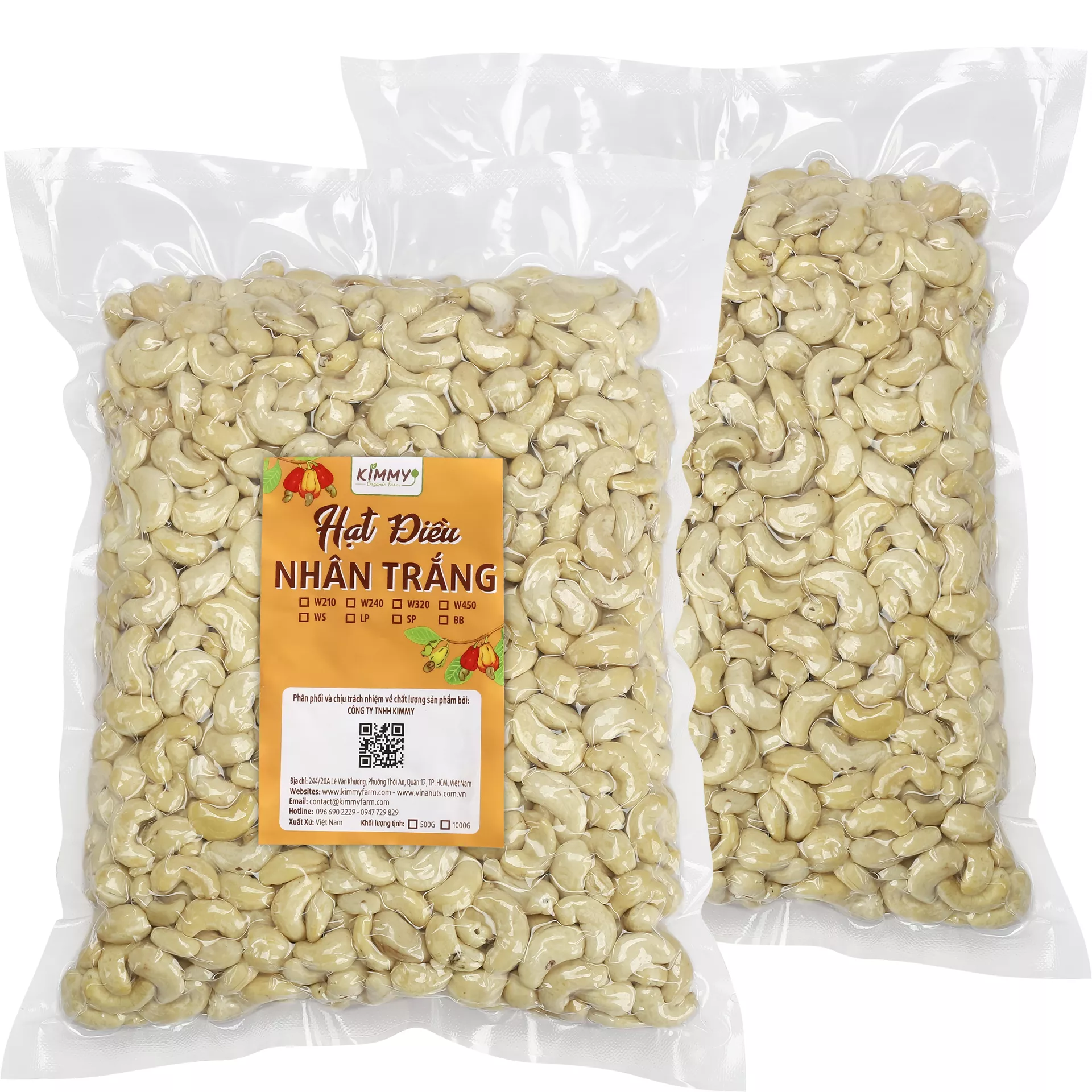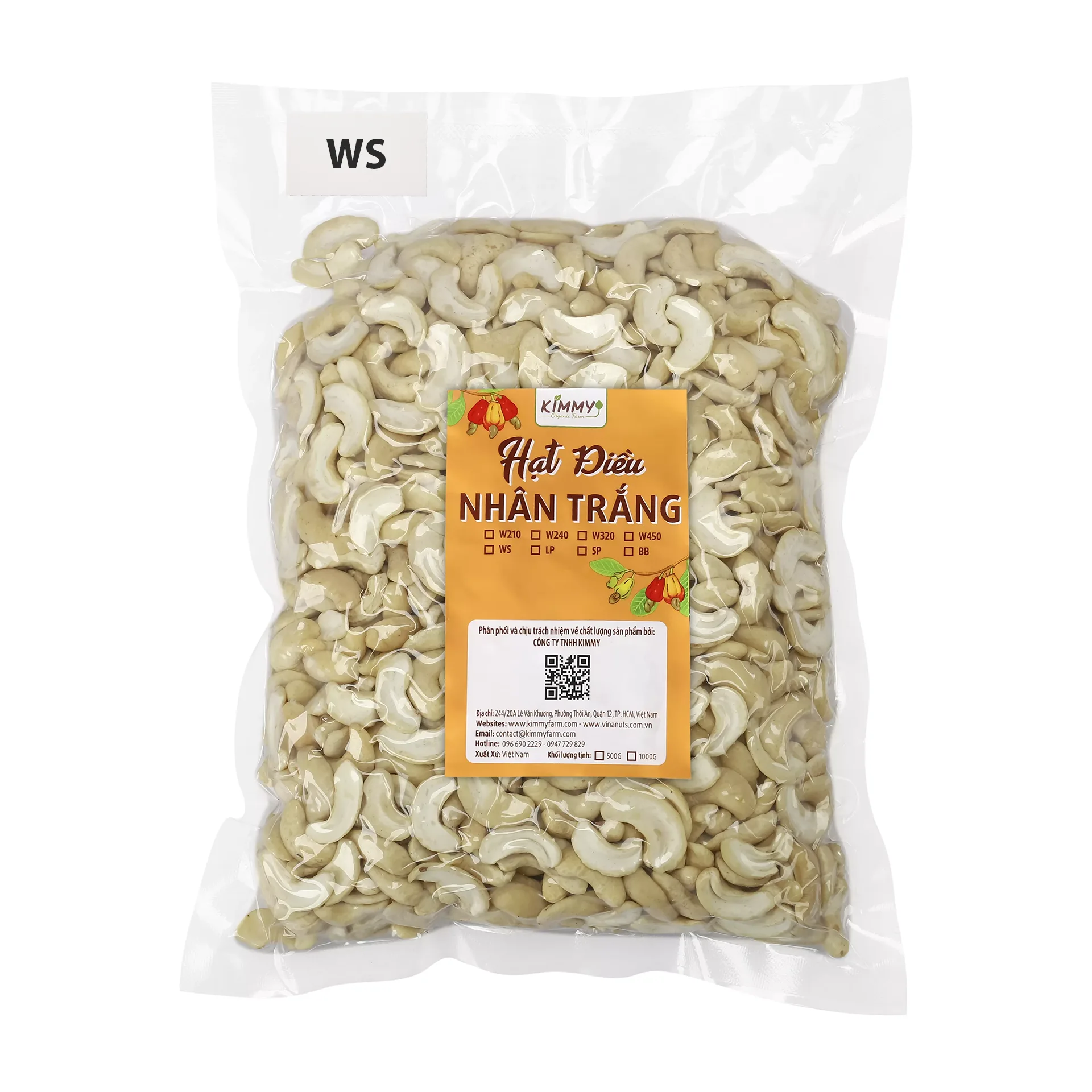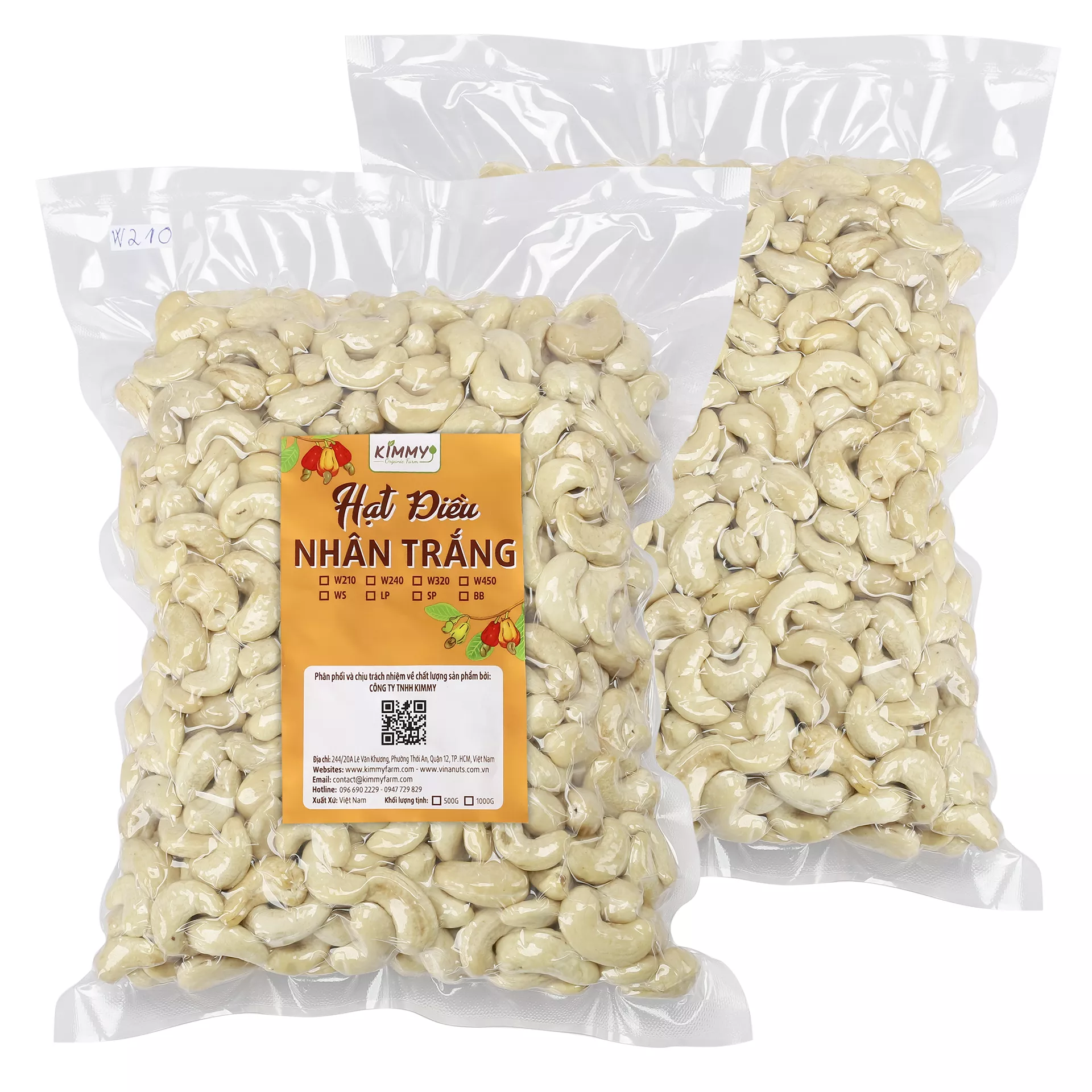With your interest in culinary delicacies and nutritional enhancements, edible bird’s nests can unlock a world of benefits for your health. This guide will help you understand the various classifications of these nests, including differences by appearance, country of origin, and cleaning quality. You’ll discover how these unique nests can enhance your meals while providing imperative nutrients to boost your immune system and overall well-being. Join us as we explore into this fascinating subject from Kimmy Farm!
What Is Edible Swiftlet Bird’s Nest?
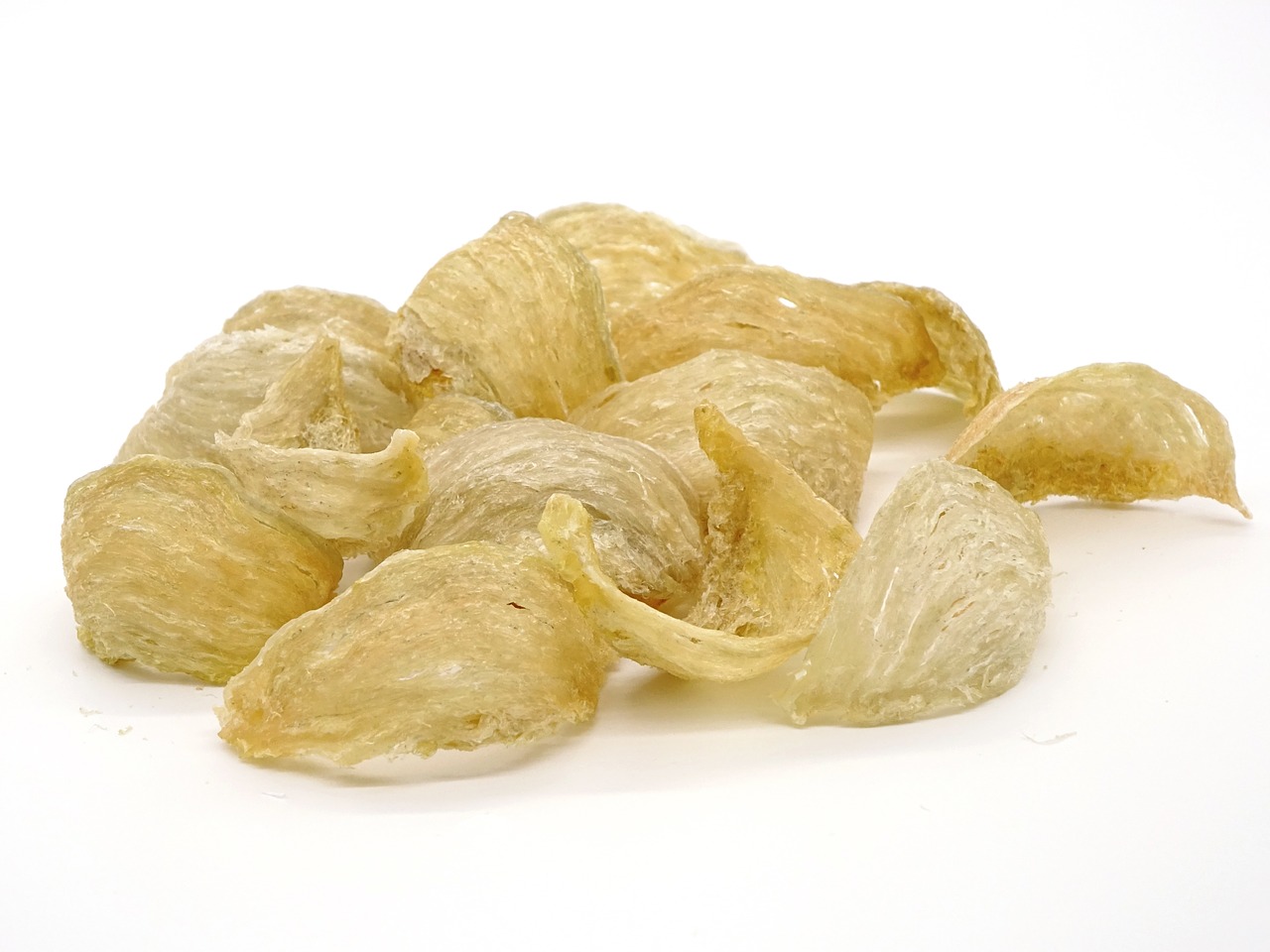


In addition, bird’s nests hold a prominent place in traditional Asian beliefs and practices. In the Chinese community, they are often referred to as the “caviar of the East,” signifying their value as a luxurious delicacy. Bird’s nest soup has been served for centuries during special occasions, symbolizing wealth and prosperity. This delicacy is not just about the taste but also the ritual of sharing and celebrating wellness and vitality among friends and family. Another aspect that adds to their cultural significance is the association of edible bird’s nests with health benefits, particularly for pregnant women and the elderly. They are believed to aid in recovery and enhance one’s overall well-being, thereby solidifying their status in both culinary and medicinal traditions within Asian cultures.
5 Types Of Edible Birds Nest Classification
Now, it’s time to explore into the various types of edible bird’s nests, categorized based on distinct characteristics that highlight their unique nutritional benefits and culinary uses. Below, you’ll find a comprehensive breakdown that will help you understand each type better.
| Classification Criteria | Types |
|---|---|
| Appearance (Color) | White, Golden, Red |
| Country of Origin | Vietnam, Indonesia, Thailand, Malaysia |
| Shape and Size | Cup (Whole Nest), Triangle Nest, Strips, Cakes |
| Terrain | House Nest, Cave Nest |
| Pre-cleaning Quality | Premium, Feather Prime, Grass Nests |
Classification by Appearance (Color)
The color of edible bird’s nests is influenced by the swiftlets’ environment and their mineral intake. This variation in color is not merely aesthetic but also correlates with specific nutritional properties, making each type suitable for different health needs.
=> Related Article: 3 Types of Edible Bird’s Nests: White, Red, Golden Nests…
| Type | Rarity |
| White Nests | Common |
| Gold Nests | Rare |
| Red Nests | Very Rare |
White Bird’s Nest:
The most common and widely available form of bird’s nest. The white color indicates a lower mineral content, making it lighter and more versatile. White nests are suitable for consumption by almost everyone, from children to the elderly. Their key benefits include:
- Promoting a youthful complexion by nourishing the skin, potentially improving elasticity and reducing signs of aging.
- Boosting the immune system, making it a popular supplement for general health maintenance.
- Easy digestion and absorption, making it ideal for regular consumption without overwhelming the body with excess minerals.
- …
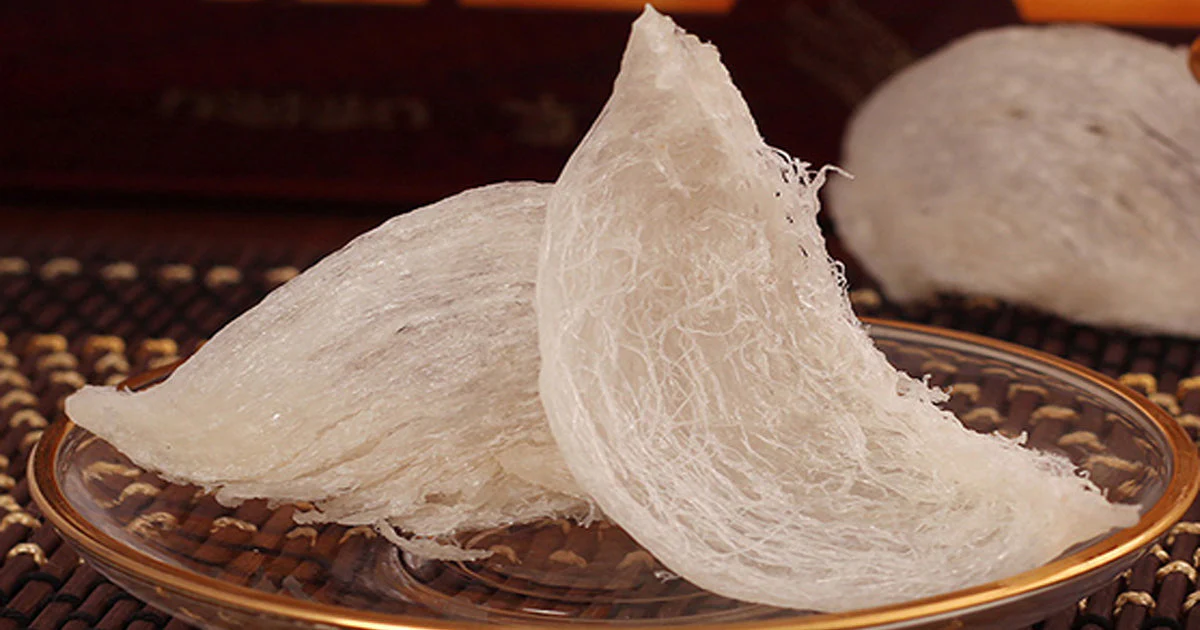
Golden Bird’s Nest:
This bird’s nest takes on a golden hue due to the swiftlet’s higher intake of minerals from its environment. It is especially suited for:
- Pregnant women, as the increased mineral content supports the nutritional needs during pregnancy and helps in fetal development.
- Middle-aged individuals, as it replenishes essential minerals, supports joint and bone health, and helps in maintaining vitality.
- …

Red Bird’s Nest:
Also known as “blood bird’s nest” due to its deep reddish hue, this type is the rarest and often the most expensive. The red color is believed to come from the oxidation of minerals over time. It is recommended for:
- Pregnant women and those recovering from surgery, as its rich mineral content promotes blood replenishment and tissue repair.
- Patients with anemia, as the high concentration of minerals helps in replenishing iron and calcium.
- Individuals who require significant nutritional recovery, as it is packed with elements essential for restoring strength and vitality.
- …
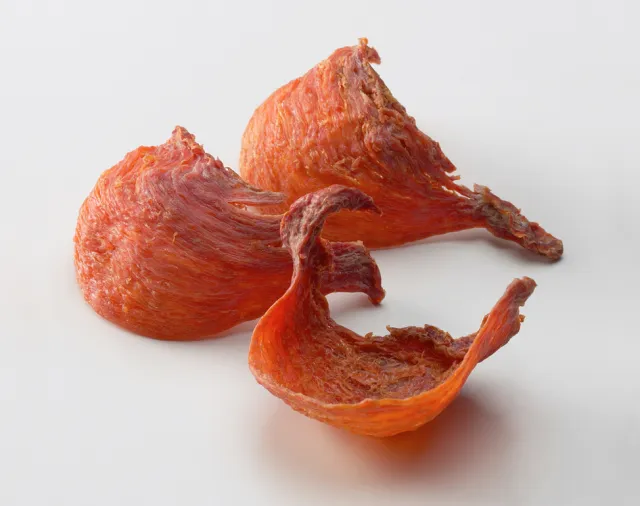
Classification by Country of Origin
The environment in which the swiftlets build their nests greatly affects the texture, purity, and overall quality of the bird’s nests. Different Southeast Asian countries produce bird’s nests with distinct characteristics.

Vietnam:
Vietnamese bird’s nests are regarded for their high quality and distinct taste. The natural environment in Vietnam is considered ideal for swiftlet breeding, resulting in:
- Richer aroma and flavor, often considered superior for culinary uses.
- Limited production, leading to higher prices compared to other countries.
- A preference for those who value premium quality and are willing to pay a higher price for a more refined product.
- …
Indonesia:
As the largest producer of bird’s nests, Indonesia supplies around 80% of the global market. Most of the nests here come from specially constructed birdhouses, which provide a controlled environment. Key characteristics include:
- Smoother and softer texture compared to cave nests.
- Fewer impurities, meaning less effort is required in cleaning and processing.
- Lower price range due to abundant supply, making it accessible for a wider market.
- …
Thailand:
Thai bird’s nests are known for their thicker, denser structure. The majority of these nests are sourced from caves, resulting in:
- Firmer texture, requiring more soaking and longer cooking times to soften.
- A smaller supply due to cave cultivation, leading to higher prices.
- A unique texture that some prefer for more traditional dishes that require substantial cooking.
- …
Malaysia:
Malaysia is known for producing “feather prime nests,” which contain more feathers and require extensive cleaning. This affects both the texture and price:
- Feather prime nests are more commonly processed into cakes or smaller nest pieces, often seen in lower-grade products.
- Prices tend to be lower compared to higher-purity nests, making it a more budget-friendly option.
- …
Classification by Shape and Size
As a natural product, edible bird’s nests come in a variety of shapes and sizes, each with different culinary and commercial uses.
Cup (Whole Nest):
This is the most prized form of bird’s nest, as it remains intact and ranges from large to extra-large sizes. Benefits include:
- Top-grade quality, often used for premium dishes and considered the most aesthetically pleasing.
- High nutritional content due to minimal breakage, preserving the nest’s structure.
- Used in high-end markets where presentation and purity are important.
- …

Triangle Nest:
These triangular-shaped bird’s nests are medium in size, typically harvested from nests built in tight corners or spaces. They are:
- Easier to handle and prepare for cooking than whole nests.
- Suitable for soups or desserts where the nest is broken down during preparation.
- A cost-effective option that balances quality with price.
- …

Strips:
These are broken pieces of whole nests, often a byproduct of handling or harvesting. Despite being fragmented, they retain the same nutritional benefits as whole nests and are:
- Ideal for those who prioritize nutrition over presentation.
- Commonly used in recipes where the nest will be dissolved or blended.
- More affordable due to the broken appearance.
- ….
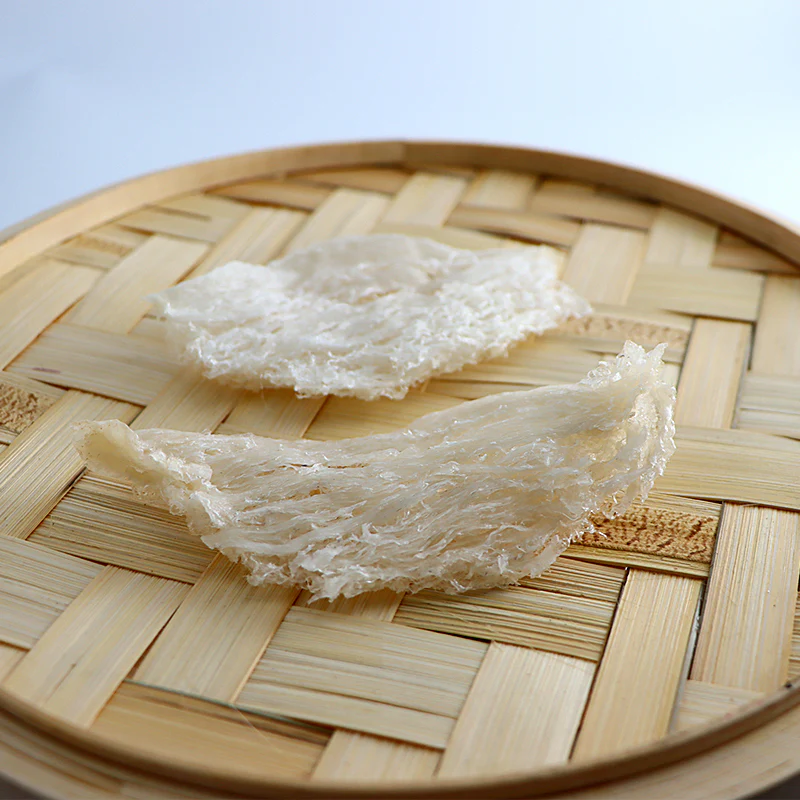
Cakes:
Tiny bird’s nest pieces are pressed into small cake shapes, often used in processed or packaged bird’s nest products. These are:
- Economical and convenient for quick preparation.
- Popular in ready-to-eat bird’s nest beverages or snacks.
- ….
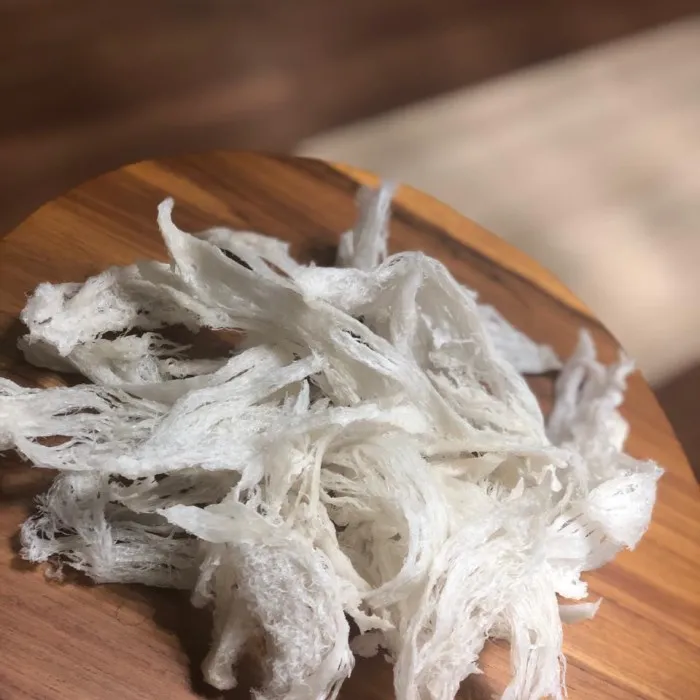
Classification by Terrain
The terrain in which swiftlets build their nests influences the quality and characteristics of the bird’s nest.
House Nest:
Swiftlets build their nests in specially designed houses near the sea, providing an ideal and controlled environment. These nests are typically:
- Cleaner with fewer feathers and impurities, requiring less cleaning.
- Softer in texture, as the environment is more stable and less exposed to harsh elements.
- Generally more affordable due to easier collection and processing.
- …
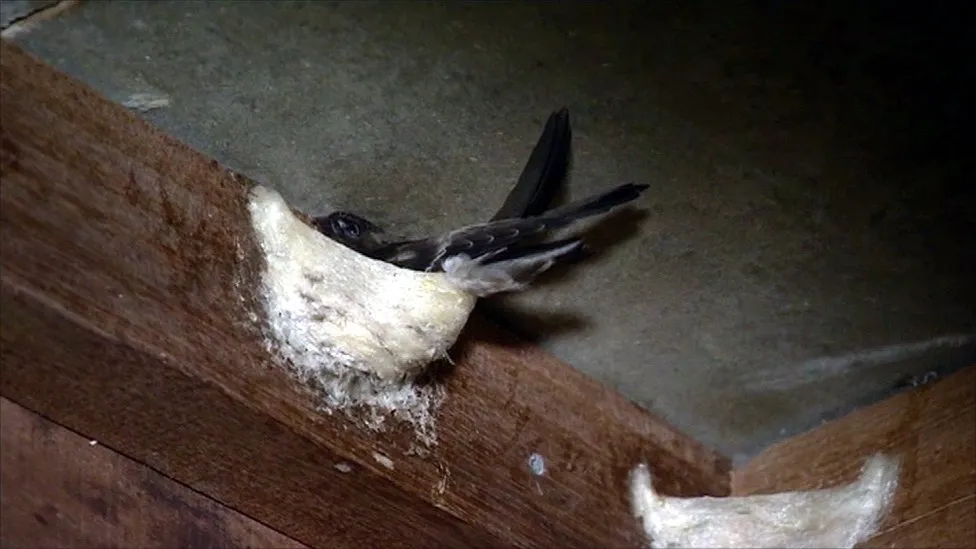
Cave Nest:
Swiftlets build their nests in caves or on rocky cliffs, exposed to more natural environmental factors. Cave nests are:
- Stiffer and harder in texture due to the harsh conditions in caves.
- Contain more feathers, twigs, and other impurities, requiring more cleaning.
- Often considered more “natural” and preferred by some for their traditional appeal, though the price can be higher due to the challenging harvesting process.
- …
Classification by Pre-cleaning Quality
Before being sold, edible bird’s nests vary in terms of how much cleaning is required based on their feather and impurity content.
Premium (Aerodramus Fuciphagus) Nests:
These are the highest quality nests, consisting of 95% pure saliva and only 5% feathers. These nests are:
- Easier to clean, resulting in a final product that is nearly pure bird’s nest.
- Ideal for premium markets where purity is a priority.
- Higher in price due to their superior quality.
- …
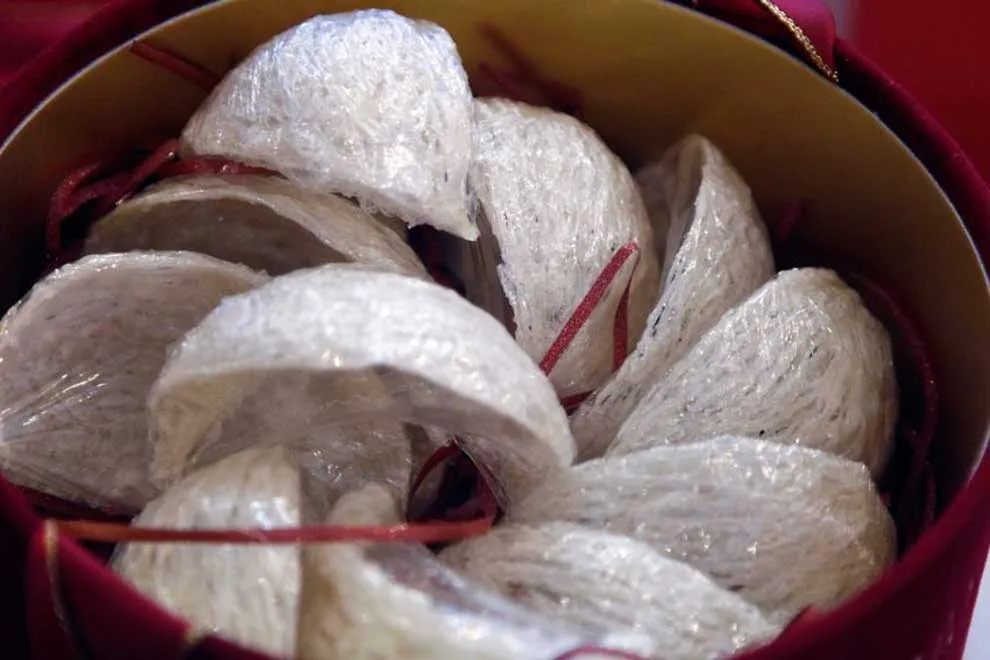
Feather Prime Nests:
Containing 50% saliva and 50% feathers, these nests require more processing to remove impurities. They are:
- Often sold at a lower price due to the additional cleaning required.
- Commonly found in mid-tier bird’s nest products where purity is still valued but cost is a consideration.
- …
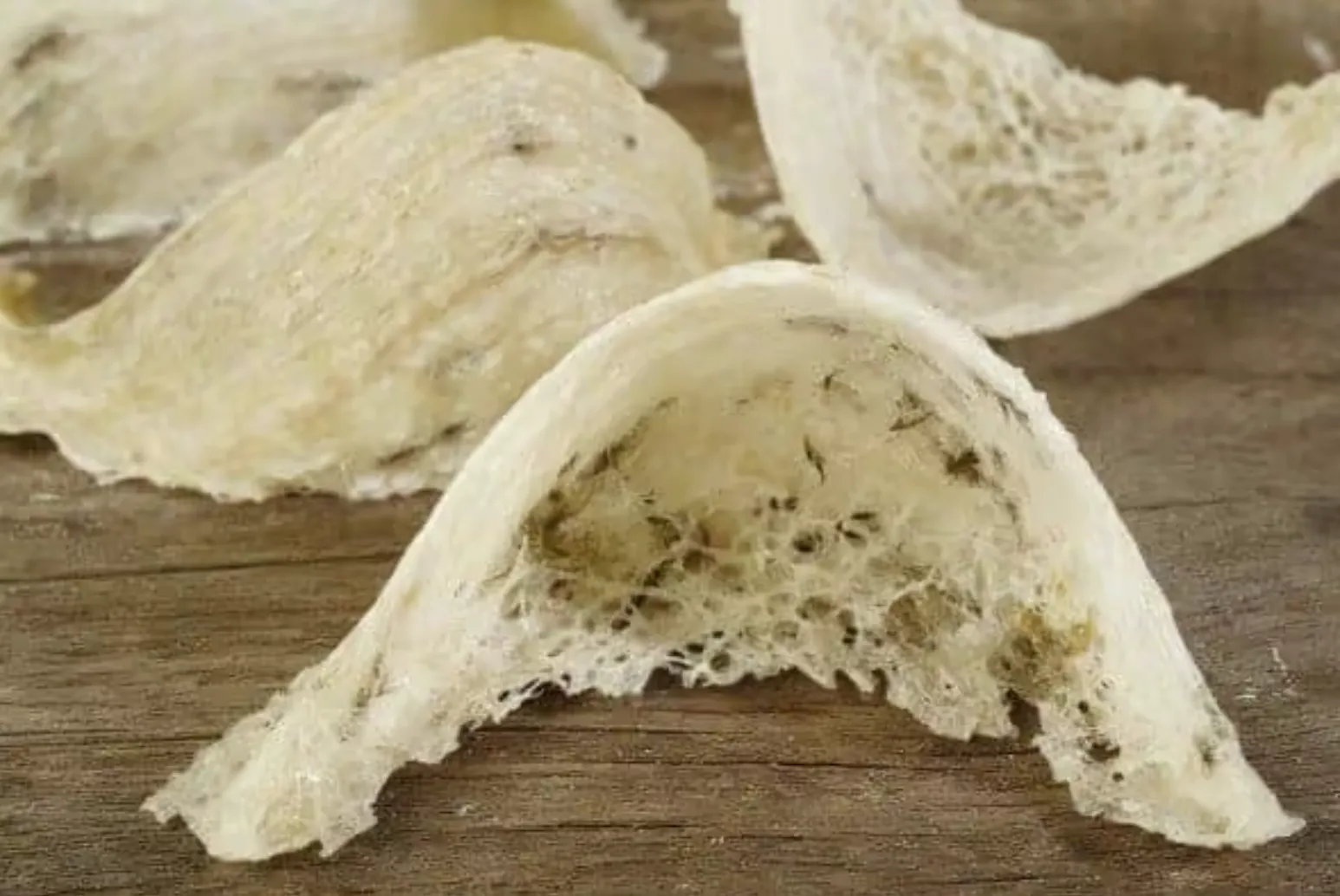
Grass Nests:
The lowest grade of bird’s nest, consisting of only 5% saliva and a high amount of grass, twigs, and other impurities. These nests are:
- Least expensive and often used in mass-produced or lower-end bird’s nest products.
- Require significant cleaning and processing to make them suitable for consumption.
- ….
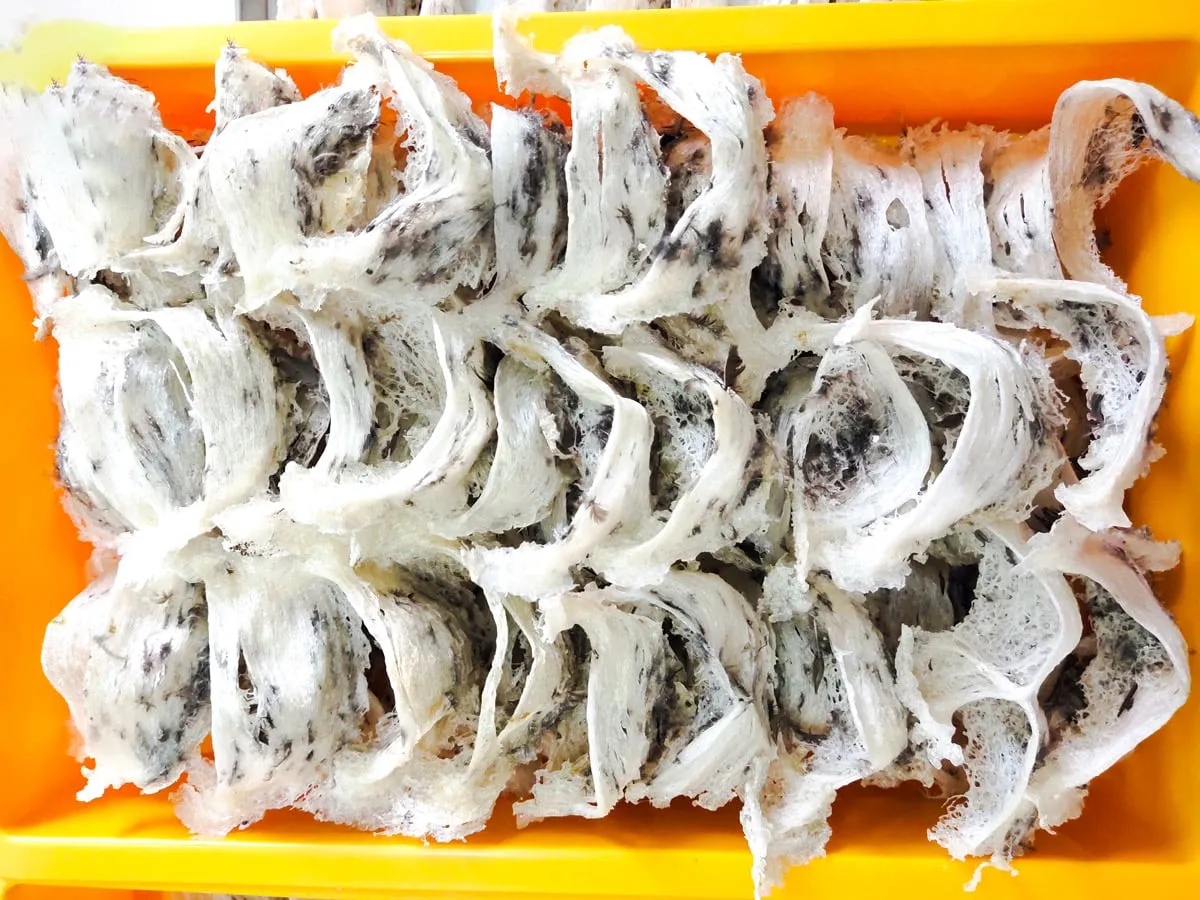
Conclusion
The exploration of the five unique types of bird nest classifications provides you with invaluable insights into the complex world of avian architecture and behavior. By understanding how nests are categorized by appearance, country of origin, shape and size, terrain, and pre-cleaning quality, you not only gain knowledge about these fascinating structures but also enhance your appreciation for the species that create them. This awareness can help you make informed choices, particularly if you’re considering the health benefits of edible bird nests, ensuring that you select the highest quality options that align with your needs.
Moreover, the nuances in bird nest classifications reflect the diverse environments and conditions that influence their formation. By recognizing these distinctions, you can better understand how the quality and characteristics of bird nests vary based on their origins and the swifts’ habits. So, as you examine deeper into the subject, you empower yourself to appreciate the intricate relationship between birds and their nests, enriching your knowledge and perhaps your culinary experiences as well.
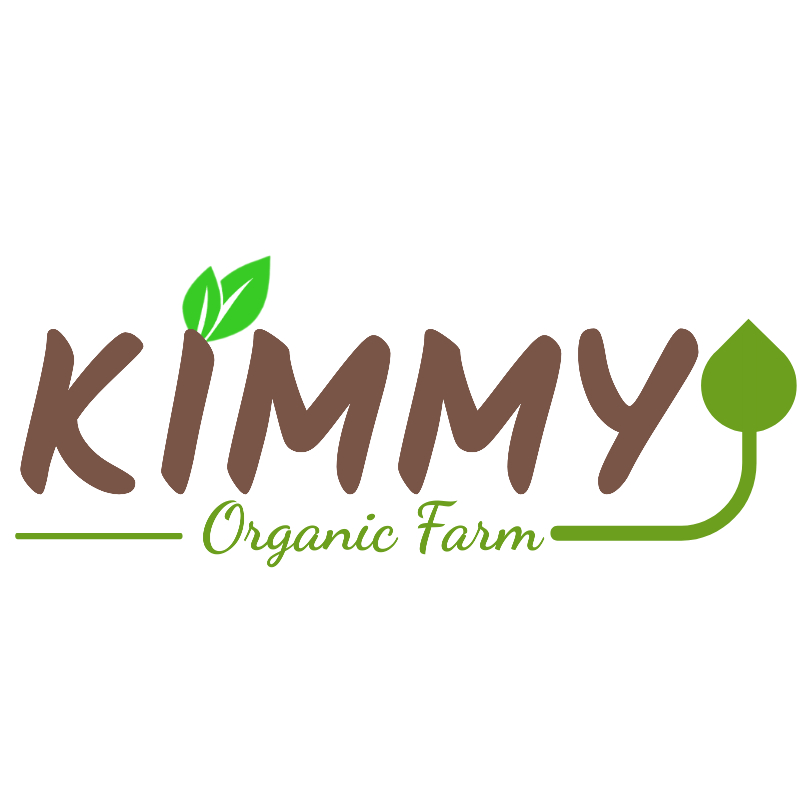
A brand specializing in the production and export of agricultural products in Vietnam. We have a black soldier fly farm in Tay Ninh and a cashew growing area in Binh Phuoc. The main export products of the company are: cashew nuts, cashew nut kernels, black soldier fly, frozen seafood, shrimp, prawns, catfish… from Vietnam.

